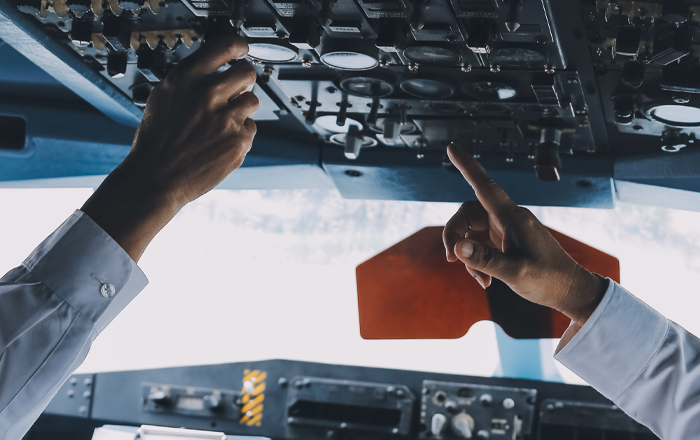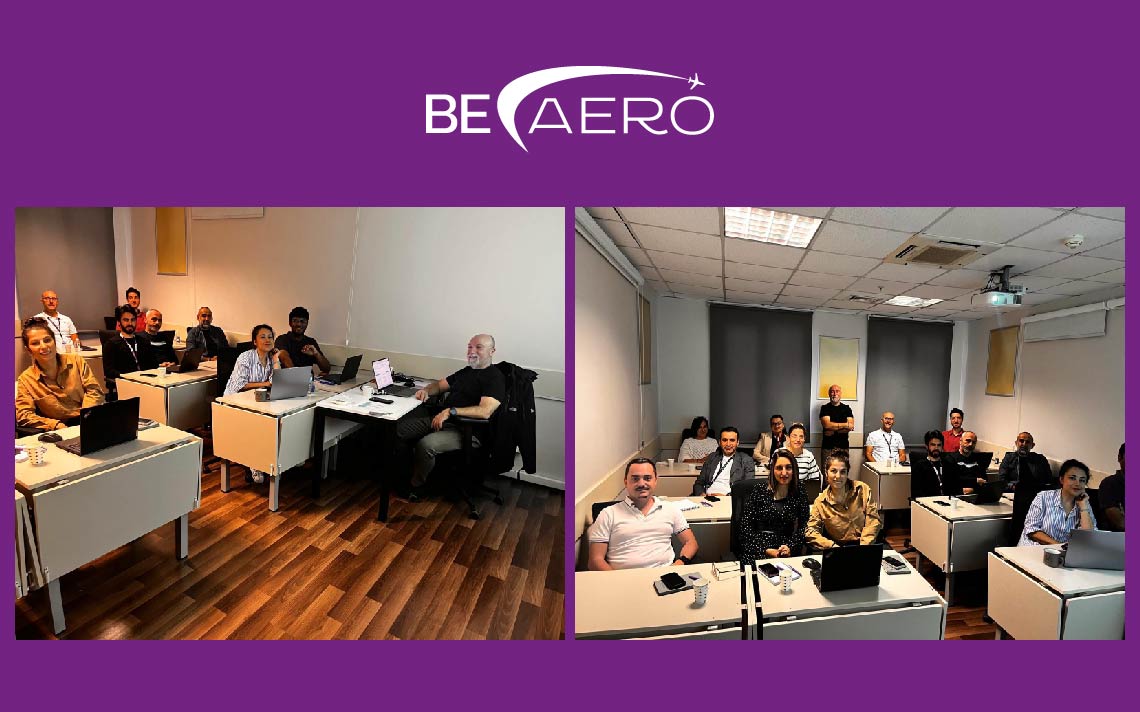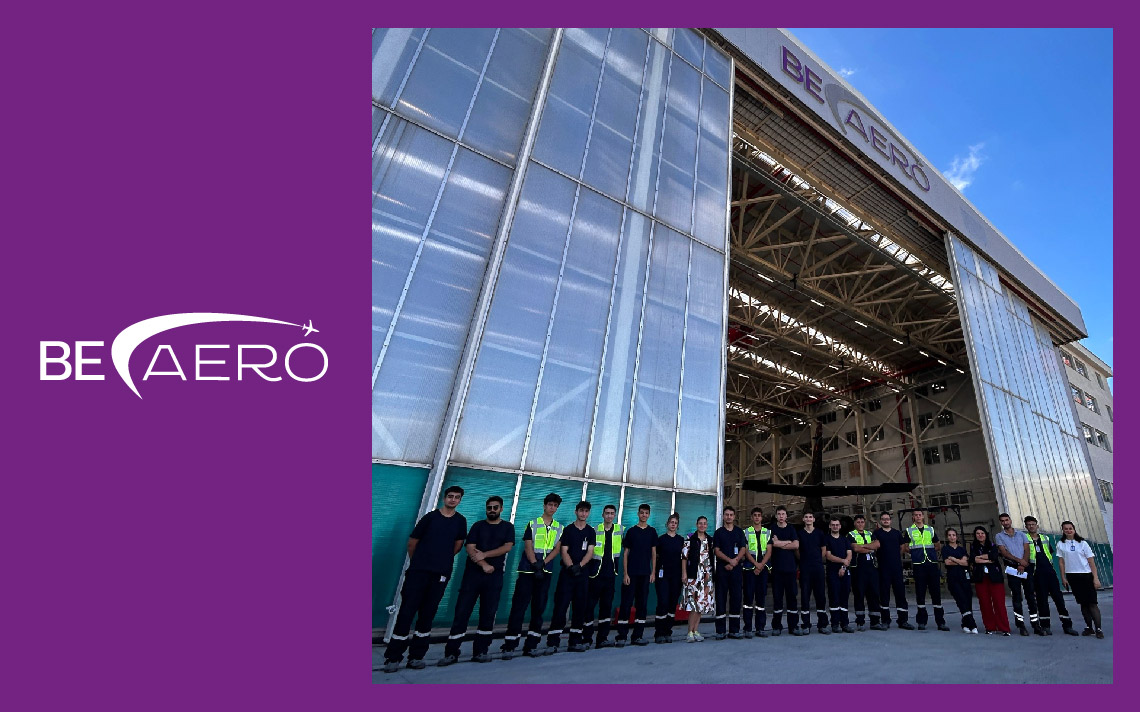
Common Technical Failures in Aviation and How They’re Handled
Even though modern aircraft are engineering marvels designed with multiple redundancies and safety systems, technical failures in aviation can still occur. These failures, while rare thanks to strict maintenance protocols, must be understood, anticipated, and addressed effectively to ensure the safety of passengers and crew.
In this blog, we’ll break down some of the most common technical issues encountered in aviation, what causes them, and how professional maintenance teams — like those at Be Aero — diagnose and resolve them.
1. Avionics Failures
Avionics refer to the electronic systems that control everything from navigation to communication and cockpit displays.
Common issues include:
-
Malfunctioning flight displays (EFIS/ECAM errors)
-
GPS or radar inaccuracies
-
Communication radio failures
How it’s handled:
These systems are continuously monitored and often have backups. During routine maintenance checks, software updates and functionality tests are performed. Faulty components are immediately replaced with certified parts.
2. Electrical System Failures
Aircraft depend heavily on electricity to operate key systems, from lighting and in-flight entertainment to critical control mechanisms.
Common issues include:
-
Circuit breaker trips
-
Battery failures
-
Generator or alternator malfunctions
How it’s handled:
Technicians conduct insulation resistance tests and monitor voltage levels. In-flight, pilots can rely on alternate power sources or APU (Auxiliary Power Unit) in emergencies.
3. Hydraulic System Malfunctions
Hydraulic systems power vital functions such as landing gear, brakes, and flight control surfaces.
Potential failures:
-
Hydraulic leaks
-
Pump failure
-
Pressure loss in the system
How it’s handled:
Regular inspections check for leaks, wear in seals, and contamination in hydraulic fluid. Aircraft are equipped with multiple hydraulic systems for redundancy.
4. Engine-Related Issues
Although jet engines are incredibly reliable, issues can still arise, especially due to external factors.
Examples:
-
Bird strikes
-
Compressor stalls
-
Fuel flow irregularities
How it’s handled:
Engines are subject to rigorous inspections. Vibration monitoring and trend analysis help identify issues before failure occurs. In severe cases, the engine is removed and overhauled.
5. Landing Gear Problems
The landing gear endures enormous stress and must function perfectly during takeoff and landing.
Common issues:
-
Retraction/extension failure
-
Tire wear or blowouts
-
Brake overheating
How it’s handled:
Maintenance teams inspect gear actuators, tires, and brake systems during each turnaround and during scheduled checks (especially during A and C checks).
6. Sensor and Indicator Errors
Sensors are critical for delivering real-time data to pilots, but they can sometimes malfunction.
Typical problems:
-
Pitot tube blockage (affects airspeed readings)
-
Altimeter inaccuracy
-
Fuel gauge misreadings
How it’s handled:
Sensors are tested with ground simulation tools. Pitot-static system checks are routine during maintenance, especially after known bird/insect contamination.
The Be Aero Approach to Technical Failures
At Be Aero, we don’t just fix problems — we prevent them. Our expert maintenance teams:
-
Perform deep-dive diagnostics
-
Use certified OEM parts
-
Integrate modern digital tracking and predictive tools
-
Adhere to international aviation safety standards (EASA, FAA, SHGM)
By maintaining rigorous inspection routines and staying ahead of potential failures, we ensure aircraft under our care remain flight-ready and safe.
Technical failures in aviation are rare but not impossible. That’s why proactive maintenance, expert diagnostics, and system redundancy are so vital. Whether it’s a minor avionics glitch or a major engine warning, well-trained technicians and robust systems ensure every issue is handled swiftly and safely.


